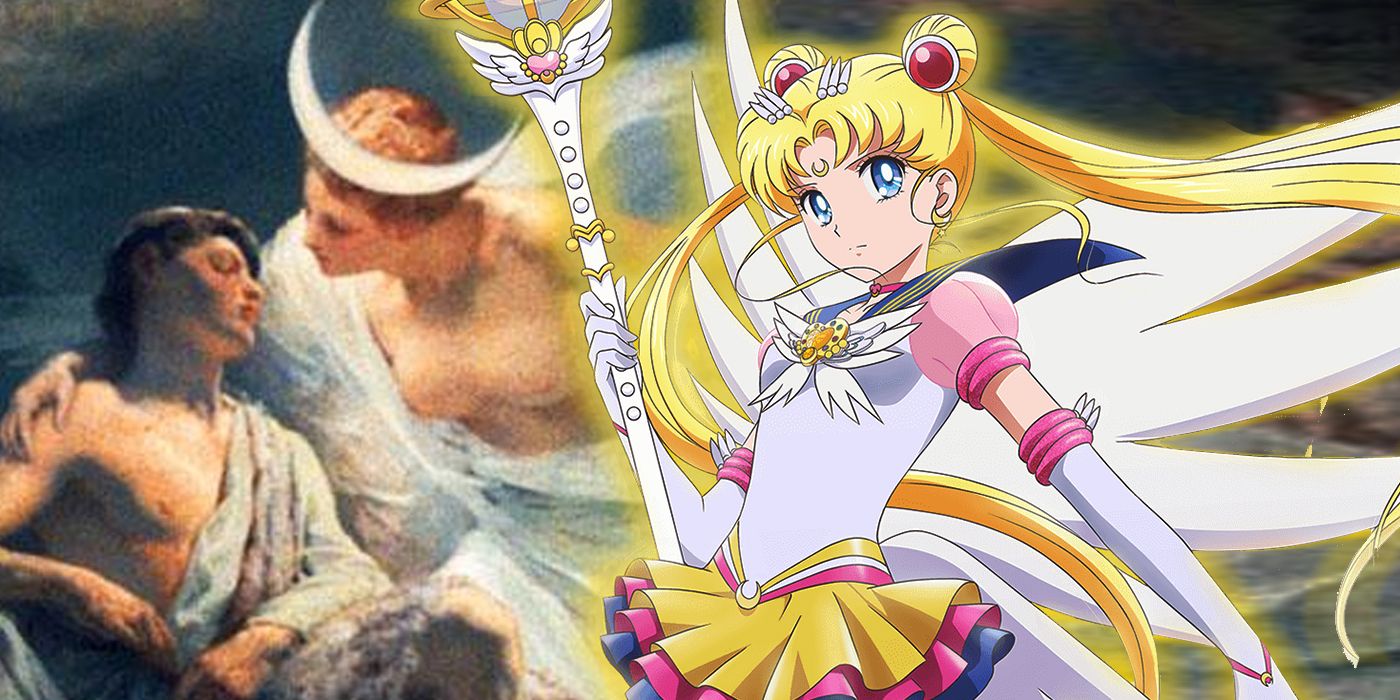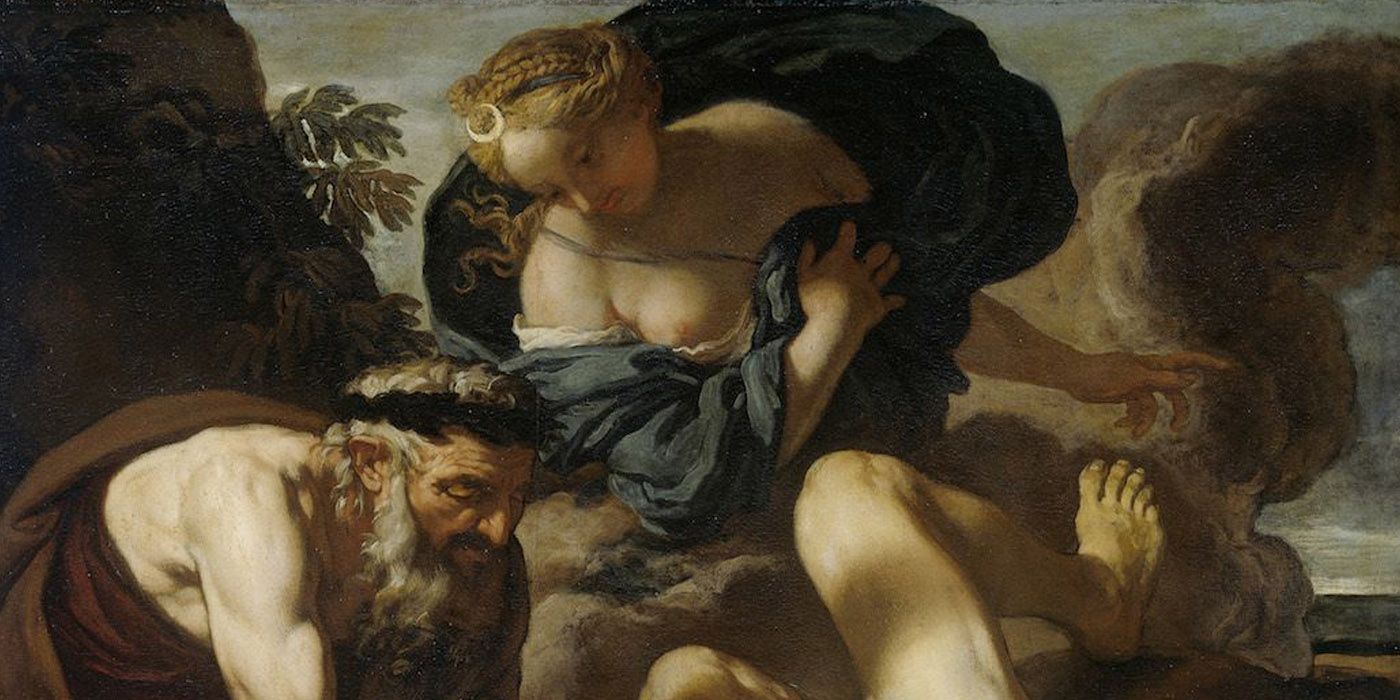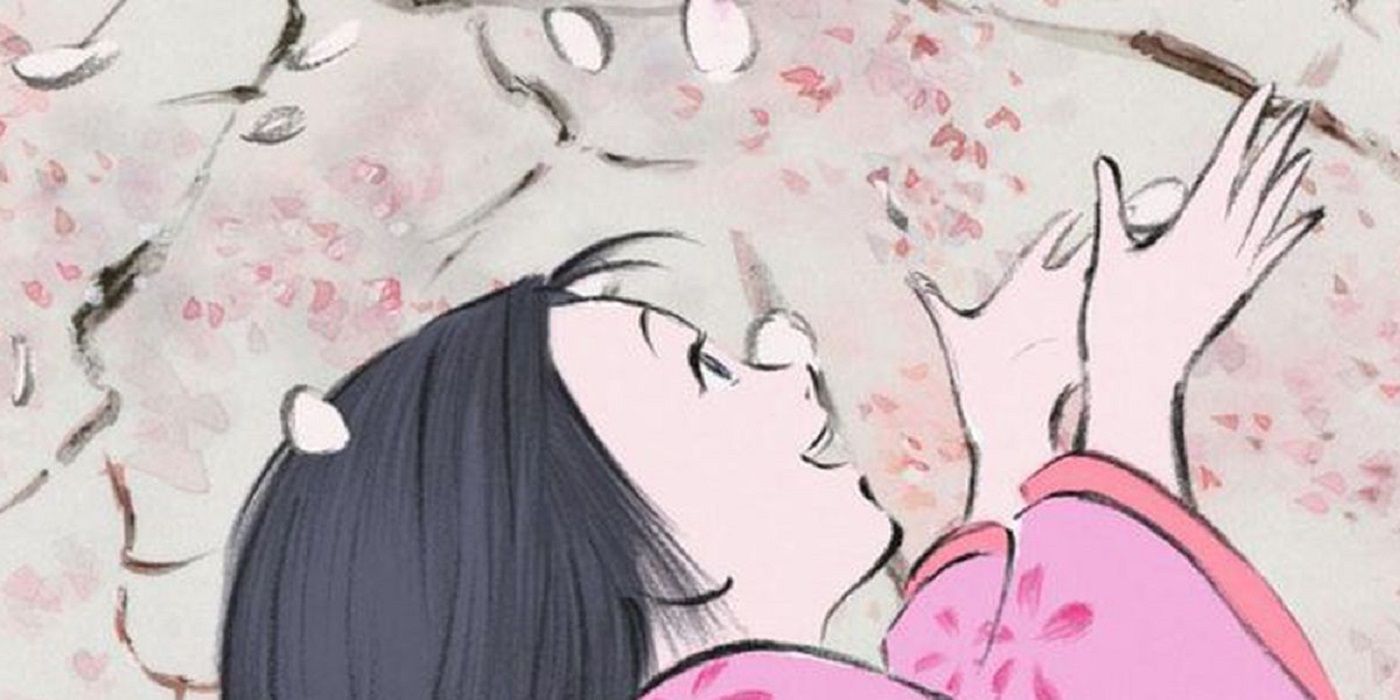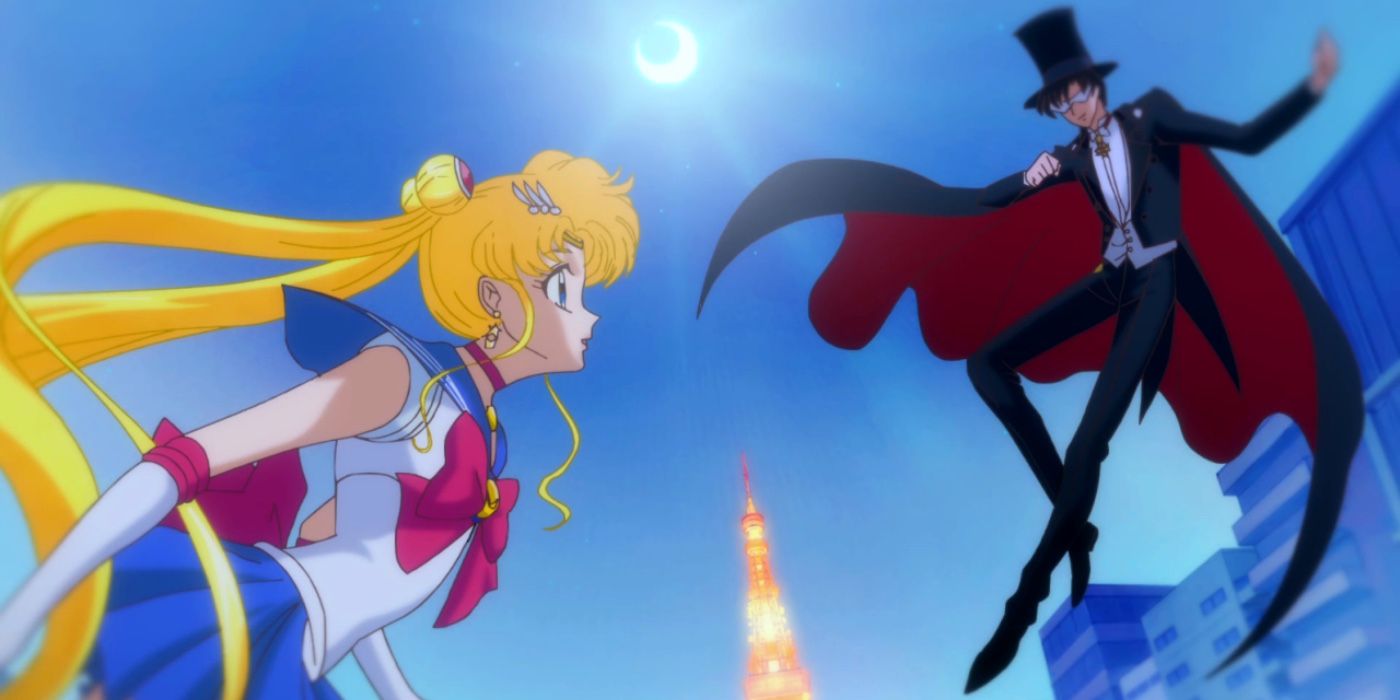One of the most popular anime ever released, Sailor Moon is a legend in anime culture around the world. Enticing both children and young adults, Sailor Moon has been around in manga form since 1991, being adapted into its first anime by Toei Animation in 1992. Sailor Moon and her fellow Sailor Guardians are iconic pieces of childhood television programming, even for kids in North America and other countries outside of Japan.
It became a worldwide phenomenon, even releasing a brand new film -- Sailor Moon Eternal: The Movie -- over 20 years after its initial conception. However, one aspect of Sailor Moon that's never really talked about is the inspiration behind the main character and her counterpart, Tuxedo Mask. Here are the deep historical roots that helped inspire one of the most popular anime of a generation.
Sailor Moon draws its origins from two main sources: Greek mythology and a traditional Japanese folk tale. While the content of the manga/anime lends itself more to the mythological story between Selene and Endymion, the folk tale The Tale of the Bamboo Cutter plays into it as well. The combination of these two sources created a ripe world of storytelling that Sailor Moon creator Naoko Takeuchi took full advantage of.
In Greek mythology, Selene is known as the goddess of the Moon. While there are other goddesses closely associated with the moon -- like Hecate and Artemis -- only Selene is known to truly personify it. Like any good Greek god or goddess, Selene took a number of lovers, but her most famous story is with Endymion, a mortal from Earth. She saw him in a cave and immediately fell in love as his beauty was unparalleled, even among the gods. Unfortunately, Endymion was caught in an eternal slumber, with unclear origins as to how that came to be. Whether Selene had a part in this remains up for debate.
Selene is always featured with a crescent moon upon her forehead as a symbol of her association with the moon. Sailor Moon, when in her sailor form, has the exact same symbol. In addition, the anime names Sailor Moon Serenity in her previous form as the moon princess. Serenity and Selene are eerily similar names, so it seems clear that her character was directly inspired by the Greek goddess. Tuxedo Mask's original name in the anime, Endymion, straight up takes the same one from Greek mythology. It's a direct adaptation of the moon goddess and her mortal lover.
The other well of inspiration for Sailor Moon is the classic Japanese folk tale entitled The Tale of the Bamboo Cutter. The story was adapted by Studio Ghibli in 2013 for their film The Tale of the Princess Kaguya, directed by Isao Takahata. It tells of a rural bamboo cutter who stumbles upon an infant the size of a thumb in a stalk of bamboo. Having no children of their own, the bamboo cutter and his wife decide to raise the mysterious infant as their own. As she grows, she attains incredible beauty and becomes known throughout the land for it, despite the bamboo cutter's insistence on keeping her hidden.
Over time, the girl is approached by many suitors who will do anything for her hand in marriage, but she is unwilling. Eventually she reveals her true identity to her parents -- she's not from Earth at all, but rather the Moon. There are different versions of why she was sent to Earth. Some say it was a punishment of some kind, so she was sent to Earth to form material attachments only to have them stripped away from her. Other versions say she was sent there for protection during a celestial war. In either case, she eventually returns to the Moon, much to the sadness of the human parents who raised her.
Both of these stories play a major role in the origin of Sailor Moon. While Greek mythology is more obviously intertwined in the plot and theme of the manga/anime, The Tale of the Bamboo Cutter plays a role as well, featuring a character who does not want to return to the Moon because of her attachments on Earth.
Sailor Moon is a highly creative and expansive universe that features other wells of inspiration for stories and thematic elements, but these two resources are the main facets. The stories passed down from generation to generation throughout history still inspire current pop culture material in the best way possible.




